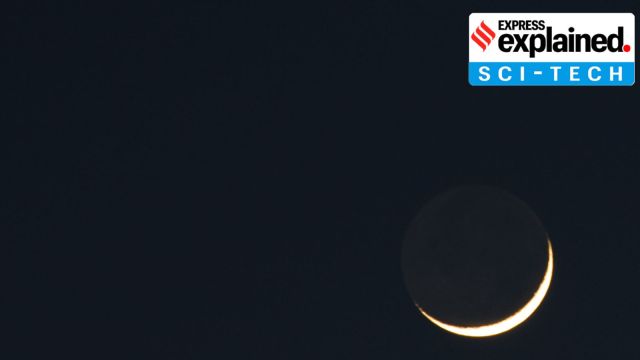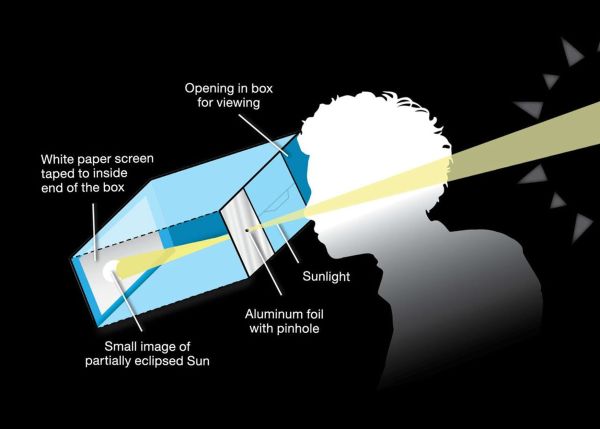Solar Eclipse 2025: What is a partial solar eclipse?
Partial Solar Eclipse 2025: What is a partial solar eclipse, when and where will it be visible?
 Partial Solar Eclipse 2025 : A partial solar eclipse will be visible on Saturday, March 29. (Freepik)
Partial Solar Eclipse 2025 : A partial solar eclipse will be visible on Saturday, March 29. (Freepik)On Saturday (March 29), a part of the sun will be obscured by the moon’s shadow, in a partial solar eclipse.
When and where will today’s eclipse be visible?
The eclipse is expected to begin at approximately 2:20:43 PM IST and last until 6:13:45 PM IST, with the maximum eclipse occurring at 4:17:27 PM.
This phenomenon will be visible in parts of the US, Canada, Europe, Russia, and Africa, but not in India.
According to NASA, the eclipse will be underway at sunrise in the Americas, and will occur between mid-morning and early evening across Europe and north Asia.
What happens during a partial solar eclipse?
A solar eclipse takes place when the moon comes between the sun and Earth. The moon blocks the light from the sun either fully or partially, and casts a shadow on some parts of the world.
Of these, a total solar eclipse occurs when the moon blocks the sun entirely, and its outer atmosphere or corona is visible for a few minutes at the height of the event.
On Saturday, however, only a portion of the sun will be obscured, because the three celestial bodies are not perfectly aligned.
Partial solar eclipses are the most common type. During a partial solar eclipse, like on Saturday, the moon obscures a part of the sun, giving it a crescent shape.
Other types of solar eclipses
Besides the partial and total solar eclipses, annular and hybrid solar eclipses also occur.
An annular solar eclipse occurs when the moon crosses the path of the sun close to the farthest point from Earth. This is when the periphery of the sun alone becomes visible, looking like a ring of fire.
During both partial and annular eclipses, the regions outside the area covered by the moon’s umbra — the middle and the darkest part of the lunar shadow — will see a partial solar eclipse.
A hybrid solar eclipse is the rarest type, occurring once every decade. It occurs when an eclipse shifts between annular and total, with the shadow of the moon moving across the globe. In this case, some parts of the world see a total solar eclipse, while others observe an annular solar eclipse. The last hybrid solar eclipse occurred in April 2023.
How frequently do solar eclipses occur?
Solar eclipses occur two to five times a year, with a total eclipse occurring about once every 18 months.
Eclipses – solar and lunar, generally come in pairs, accounting for how long it takes for the moon to get to the other side of Earth. Earlier this month, a total lunar eclipse occurred, which was completely visible over the Americas, seen rising over Australia and northeast Asia and setting over Africa and Europe.
Can I look at the sun during a partial solar eclipse?
Unlike a lunar eclipse, staring at the sun during a partial eclipse, even for seconds, can cause permanent eye damage. The retina does not have pain receptors and the extent of damage may not become known until much later.
However, using eye protection, like specially designed eclipse glasses, can help. Alternately, you can use an indirect method, such as a pinhole projector, which can be made at home using a cardboard box, a white sheet of paper, tape, scissors, and aluminum foil. The sunlight streams in through a pinhole made in the aluminium foil, taped over a hole in one side of the box. You can look into the box through another hole to see the projected image of the sun from the pinhole on the white paper.
 During the partial phases of a solar eclipse, this will project a crescent Sun onto a white sheet of paper taped to the inside of the box. Look into the box through another hole cut into the box to see the projected image.
During the partial phases of a solar eclipse, this will project a crescent Sun onto a white sheet of paper taped to the inside of the box. Look into the box through another hole cut into the box to see the projected image.(NASA)
During a partial solar eclipse, the pinhole will project a crescent sun onto the paper inside the box.
More Explained
Must Read


EXPRESS OPINION
Apr 16: Latest News
- 01
- 02
- 03
- 04
- 05

























